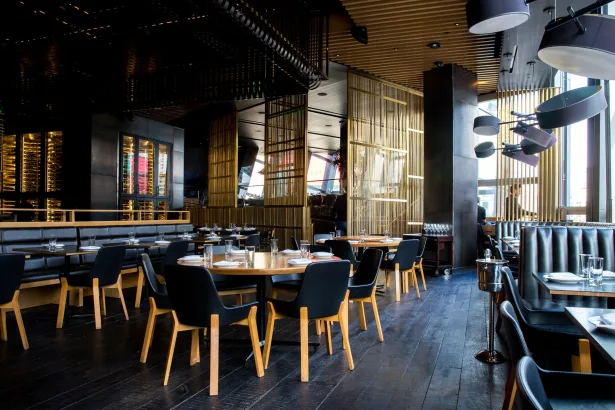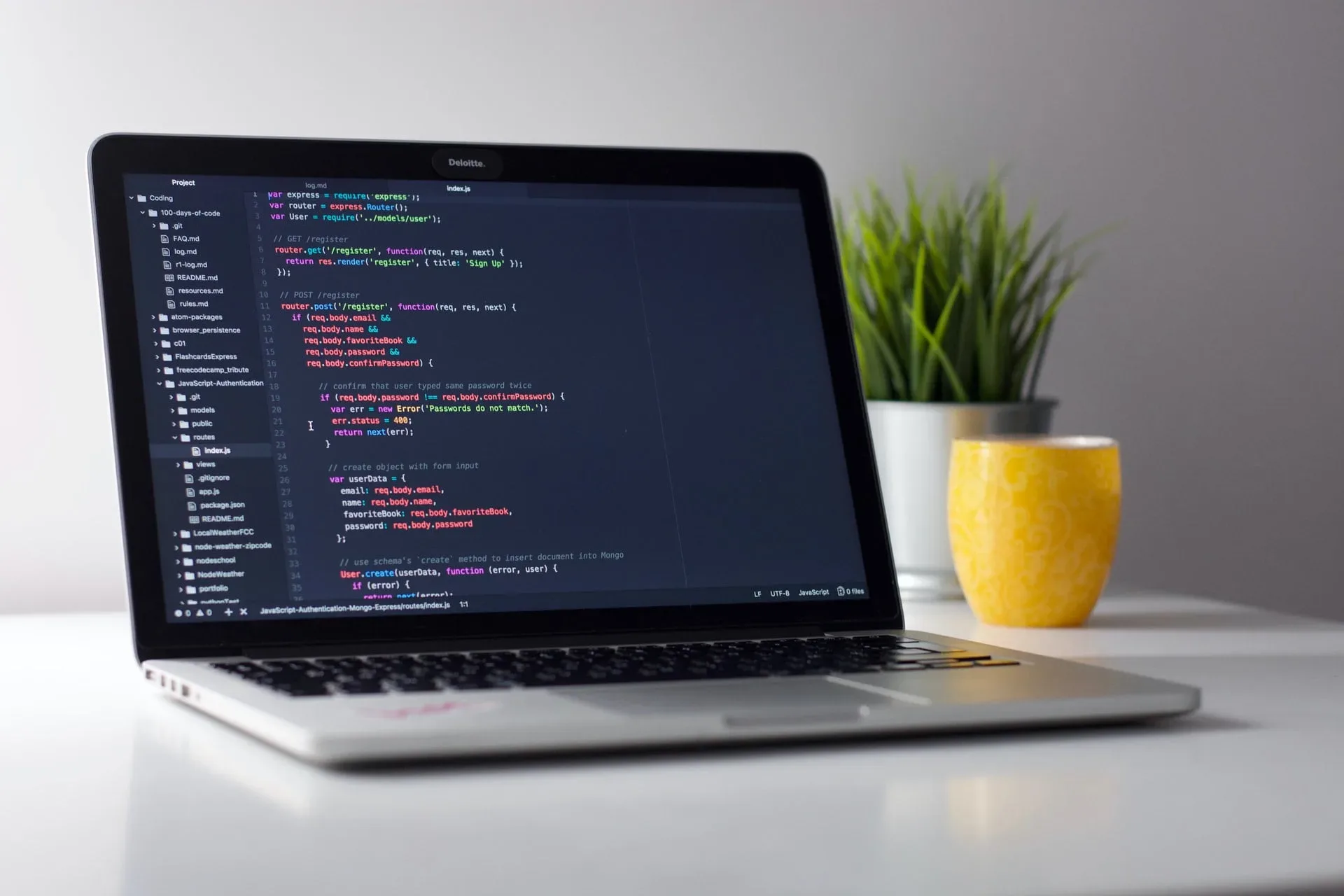The hospitality, travel, and restaurant industries were few of the most severely affected during the COVID-19 pandemic. Many food and beverage outlets had to shut their doors forever. After the lockdown, most restaurants had to enhance their online presence for curbside pickup and doorstep deliveries.
But that also means that they need to optimize the accessibility of their web presence and apps. Digital accessibility is not a trend anymore, but the need of the hour. Most businesses, including restaurants, have realized that almost 1/5th of the American population lives with disabilities and have substantial spending capabilities.
If their online presence is not accessible to customers with disabilities, they will lose a lot of revenue. It is also a legal requirement since title III of the Americans with Disabilities Act (ADA) implies that any business presence open to the public must be accessible to everyone, including people with disabilities.
In fact, Domino’s Pizza restaurants faced a lawsuit because a blind user could not access their ordering system. Therefore, restaurants need to ensure that their online ordering website and app get optimized for digital accessibility.
How can restaurants make their online presence accessible?
Customers with disabilities would use assistive devices, such as screen readers, to access websites. If your website is not optimized for access through these devices, you could lose revenue or face an expensive lawsuit.
If you want to check whether your existing website is accessible or not, you can take advantage of one of the free auditing options like aCe or WAVE.
Some of these accessibility checkers also provide solutions for digital accessibility. WAVE has several site-wide tools that can evaluate multiple pages at one time to give them further insights and recommendations on how to get compliant. accessiBe does the ADA compliance job as an AI-powered SaaS solution.
You need to ensure that your website follows the latest Web Content Accessibility Guidelines (WCAG 2.1) to make it ADA compliant. These are some efficient ways to achieve that.
Describe the buttons and links
Restaurant websites often need to use buttons and links to guide the customer to parts of the menu and ordering procedures. However, without optimal description, these links will not be accessible to users with disabilities.
For example, there might be a button or a link to a new menu that only says “click here,” but blind users who use screen readers would not understand why they must click on that link. Therefore, the link must use descriptive language like “click here to check out our new menu.”
Underline menus and links
The navigation options on the top menu must be underlined so that they are distinguishable as links. Sometimes links are placed in a color that is different from the surrounding text. But a colorblind customer would not be able to distinguish between the two colors and miss the fact that it is a link. Therefore, it is a good idea to underline the links so that everyone can notice it.
The color contrast of buttons and texts
Most restaurant websites are made with vibrant colors to look attractive. However, sometimes the color contrast of the texts on buttons gets overlooked by web designers and business owners. The text on the buttons must have adequate contrast with the background so that people with visual problems can read them conveniently.
All the content on a restaurant website must also have an optimal contrast with the backdrop. According to WCAG 2.1, the ideal contrast ratio for regular-sized text to background must be 1:4.5 and 1:3 for large ones.
Media must-have transcripts and closed-captions
If you are placing any video or media files on the restaurant’s website, make sure it is accompanied by appropriate transcripts and closed captions. Assistive devices cannot detect media files and rely on text content to relay the user’s information. Also, ensure that you do not set the videos to play automatically, or it might disturb people with ADHD.
Images must have alt-texts
Restaurant websites are bound to have images of food displayed on them. However, these images must also have the name of the dish written along with it, or blind customers will not be able to place the order. If you think that the image is relevant to the ordering system, it must have an appropriate alt text attribute.
That’s because screen readers and other assistive technologies cannot see photos. If you are not sure whether the picture is essential to place an order or not, switch off the images on the website and see if you can order the food.
The website must have keyboard navigation
Many customers may not be able to use a mouse due to temporary or permanent disabilities. Make sure that your menu, ordering system, and other elements can be fully accessed using a keyboard only. You must be able to go back and forth on the navigation predictably using the keyboard. You can also place a link for people to skip the navigation and jump to a part of the website.
Accessibility is not a one-time deal but an ongoing process that must get implemented at every stage. Therefore choose an accessibility solution wisely so that you can run your restaurant peacefully and successfully.





Share Your Thoughts